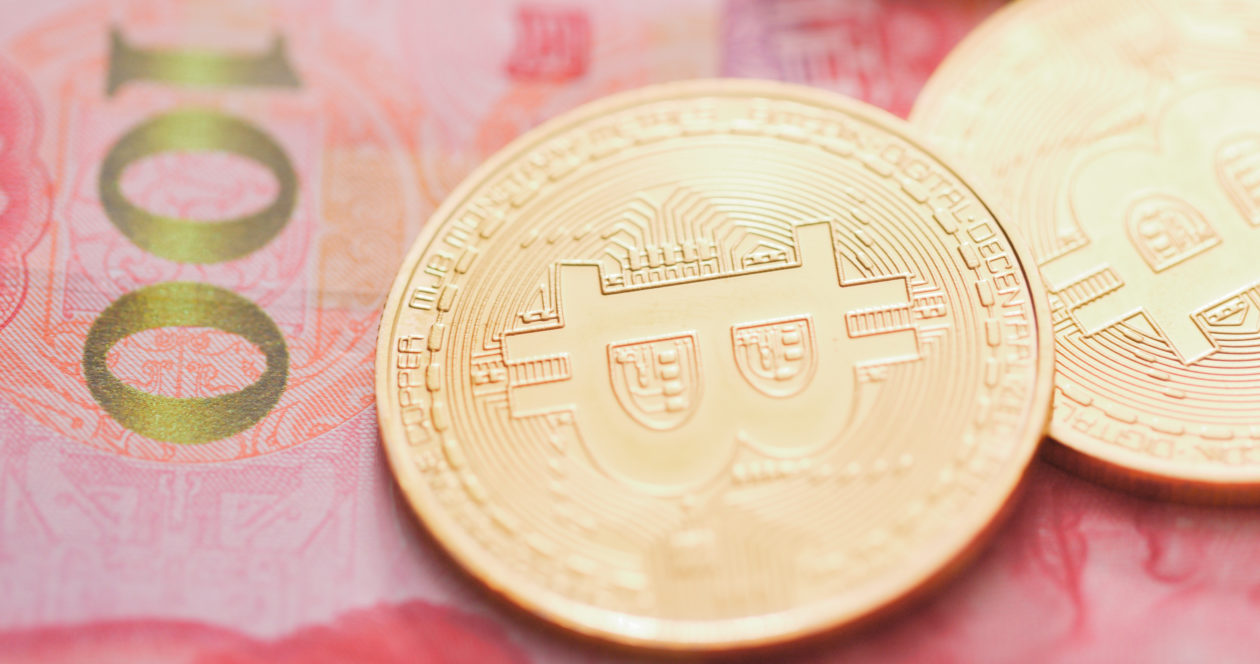There is something poetic about markets and Bitcoin in particular. The shockwaves following the pandemic-related shutdown of the economy in March last year, the sudden rally in January during the Capitol Hill fiasco, and yes — even China’s uneasy relationship with Bitcoin is recorded in the charts. If you look beyond price, you see a story.
This commentary on recent developments around the crypto industry in China and the wider region is not to add to the poetry, but simply to unpack it. There are three areas of impact that we might want to consider, and in each of these timing plays a key role.

Market sentiment
Bitcoin and with it the entire crypto market are no strangers to harsh words from China. Some Bitcoin investors read these headlines with optimism, seeing an elaborate purchasing ploy behind them. But it seems unlikely that these crackdowns are actually part of a subtle plan to drive the price of Bitcoin lower in order to buy more. This is naive and does not reflect the overall direction the People’s Bank of China has articulated over the past few years.
China, the United States and many other jurisdictions certainly recognize the potential of Bitcoin and decentralization and are embracing aspects of this technology in their central bank digital currency projects. But that doesn’t mean that this rapid, organic and borderless new iteration of the internet won’t be met with hesitancy or even resistance.
From a market perspective, the timing is interesting. It had already been reported that the statements released on Friday date from a few weeks earlier. This is not out of the ordinary. Less attention was given to the fact that headlines hit the news on the same day as Bitcoin options expired, which had already weakened BTC’s position.
This has happened before. Back in 2017 — also in September — bad news from Asia sent Bitcoin tumbling down by 30% into the lower US$3,000 range. Shortly after that, Bitcoin started its meteoric three-month rise to US$20,000, gaining around 450%.
With the fourth quarter around the corner, which historically has been the most bullish period at this point in the cycle, it is no surprise that we can see on-chain that whales are continuing to accumulate Bitcoin.
Bitcoin miners have already migrated en masse out of the mainland, which has led to a more distributed hash rate today. Considering China has been cracking down on crypto for some years now, Bitcoin itself is likely to be unfazed and continue its upward trajectory.
The crypto industry
When it comes to the crypto industry, it’s a slightly different story. It was recently announced that FTX has left Hong Kong as its base and migrated to the Bahamas. Rather than linking this to the most recent events, this move had likely been in the making for some time now, as FATF guidelines are finding implementation in jurisdictions everywhere.
More impact is undoubtedly felt by those exchanges and projects that depend on the Chinese market or its infrastructure. Huobi has already announced it will stop serving the mainland market and smaller exchanges have made similar statements.
It is likely that the crypto markets will see more trade volume diverted from centralized to decentralized exchanges that operate in a peer-to-peer fashion and can easily be accessed by those who know how. Nonetheless, these developments will likely hinder the mainstream adoption of crypto assets in mainland China. There is not much to say about this. Each nation-state, from El Salvador to Laos, has its own trajectory to follow as it comes to terms with the proliferation of digital assets.
When it comes to the wider Asia-Pacific region, these developments fall within the range of expectations. Generally, centralized exchanges operate with a high degree of agility. They are often cloud-based, meaning critical operations can easily be redeployed to other jurisdictions to ensure compliance and platform stability.
For centralized exchanges, there is a clear trajectory ahead. A regulatory framework around exchange operations and market infrastructure will continue to evolve — not just in Asia, but everywhere. The decentralized exchange space is another matter. These marketplaces can easily go dark and move underground, and whether or not these can and will ever be regulated is an open question.
The macro picture
No discussion on these regulatory developments can ignore the current commotion around Evergrande.
Anyone who is familiar with Bitcoin’s history will see a symmetry between Evergrande’s predicament and the fall of Lehman Brothers, which provided the backdrop against which the Bitcoin Network was first launched. Such associations are not enough to assume any bullish outcome for Bitcoin, but for sure the tighter stance and the inability for businesses to serve or operate in the Chinese market will keep safe-haven narratives from taking root in public discourse.
There is no point in speculating on how the Evergrande situation might be dealt with, but concerns about capital flight might have been a reason to tighten restrictions on the crypto industry. It is not a reason to despair. All economies aim for stability and at times this temporarily comes at the expense of innovation. Nonetheless, over time, as regulatory structures come into focus, conditions could change and in the future the investment space in China might expand to include certain crypto assets.
For now, perhaps it means China is not the place to look at for Bitcoin’s growth or future. Instead, emerging markets across Latin America, Africa and Southeast Asia might be of more interest for signs of deep adoption. The United States remains of vital interest in the regulatory landscape as even within its borders we see divergence, with Texas stealing the limelight. And in Asia, all eyes are on Singapore.





